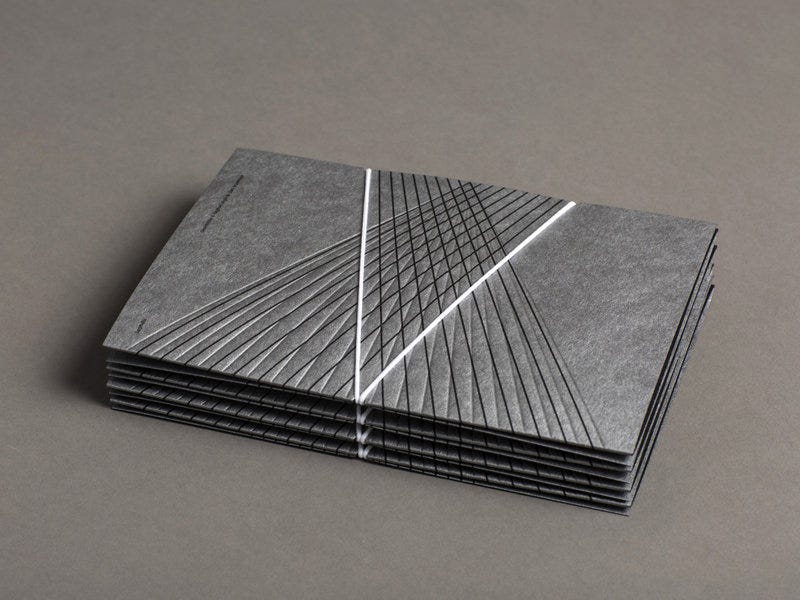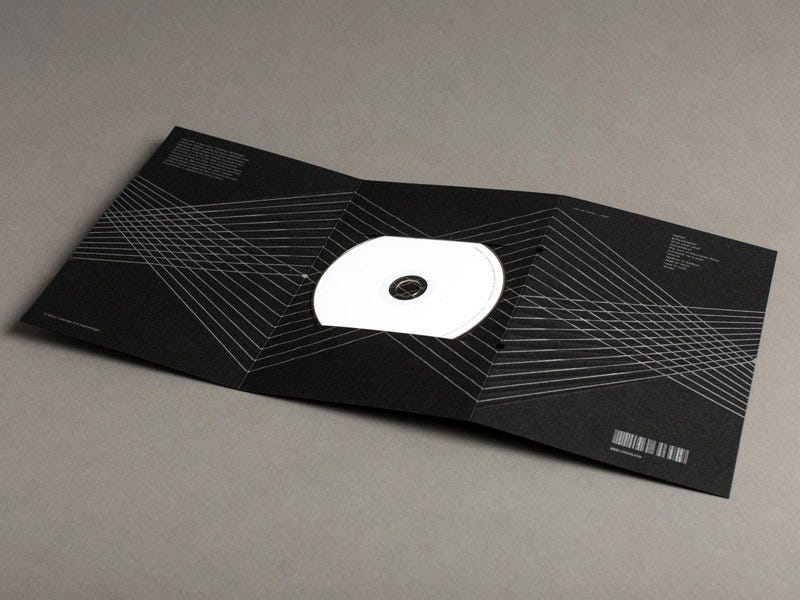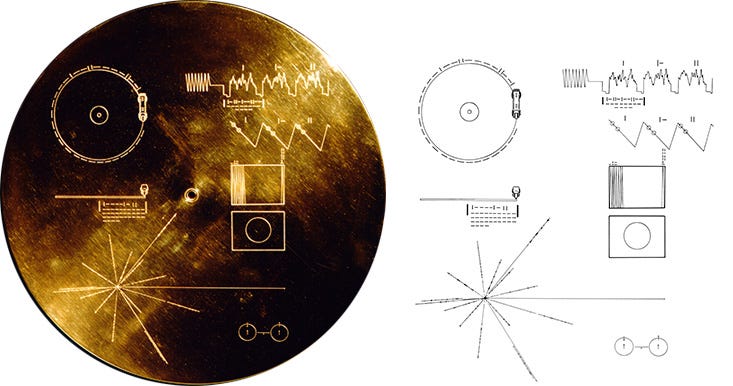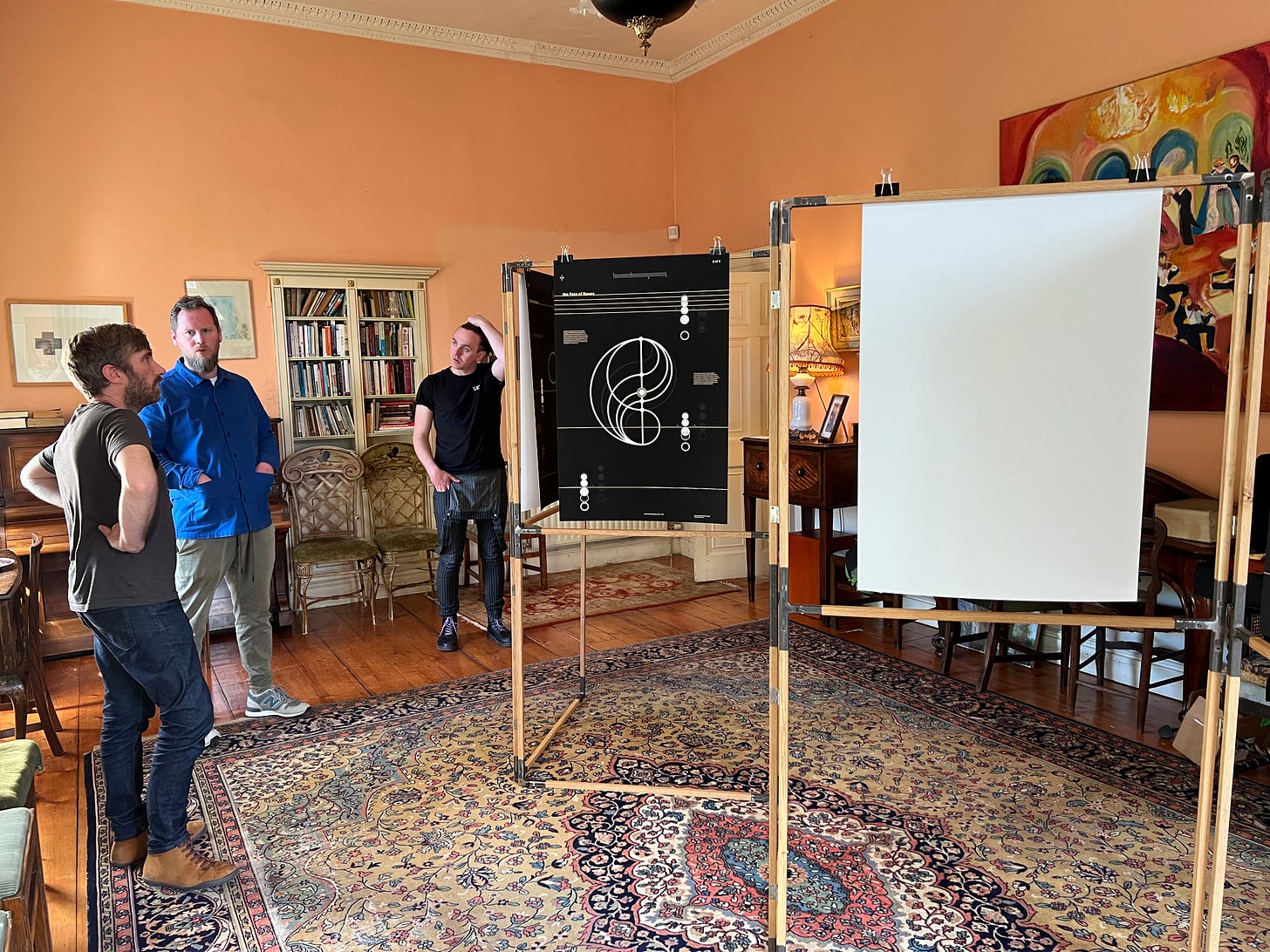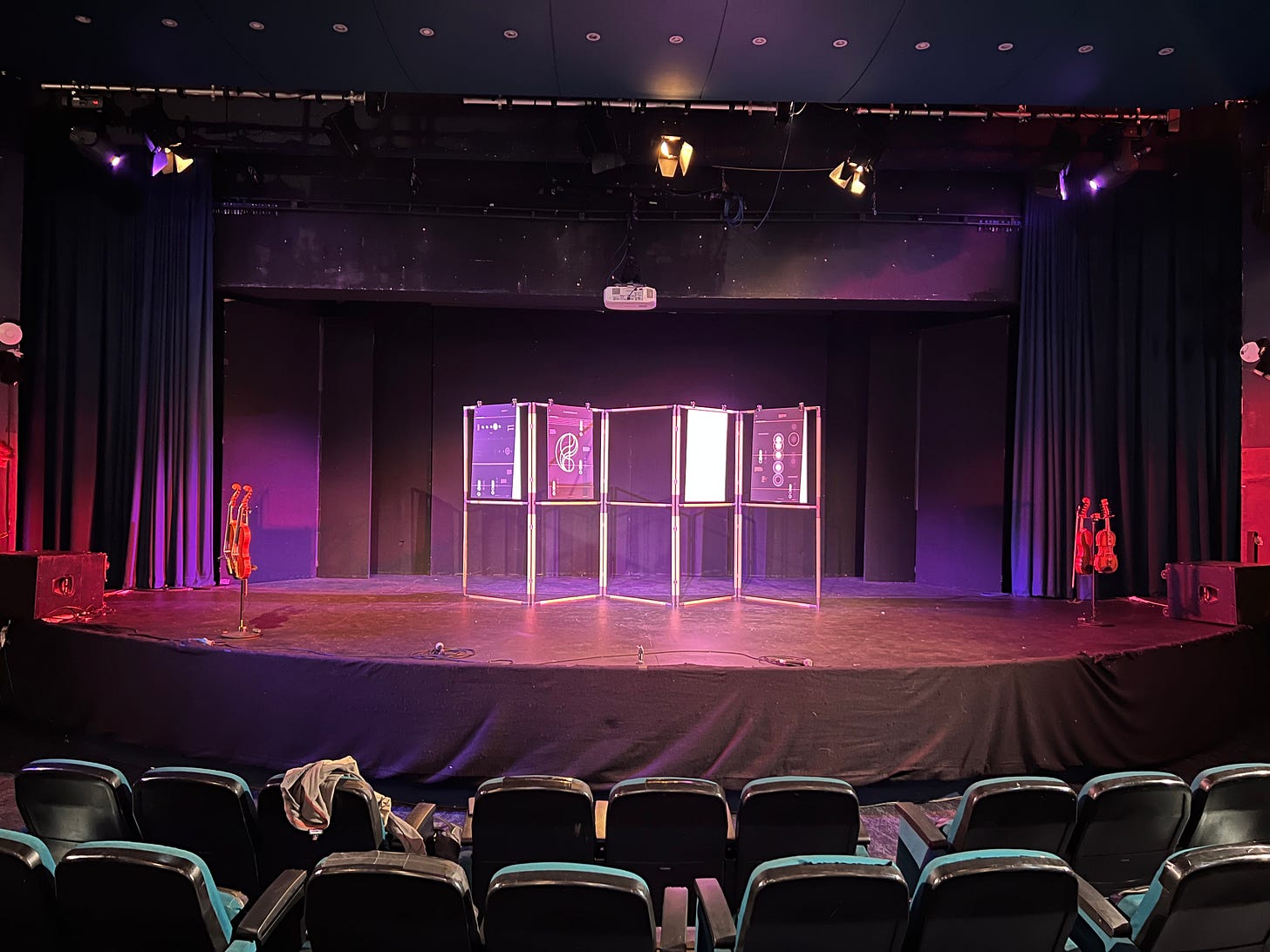These notes were written for the printed program for a performance by Caoimhín Ó Raghallaigh and myself at the Princeton Sound Kitchen, Princeton University on November 1, 2022 (concert info link). I’ve included them here, with edits and additions appropriate for a digital post, in anticipation of this concert, our only one in the US for this album.
—Dan
Both the The Fate of Bones album release and this concert were originally scheduled for April of 2020. We finally performed the concert in Dublin this past May, and are doing it again just this once, here in Princeton, tonight. Hopefully more will follow, but if we’ve learned anything over the past couple years, we can’t count on anything. The album itself comes out tonight as well, old news to us, but exciting to share nonetheless.
When we released our first album—Laghdú—in 2014, we asked the designer Rossi McAuley (founder of Distinctive Repetition in Dublin) to design album artwork for us; he went far beyond that call and created an entire set of unique CD packaging, printed on recycled materials with organic inks.
For The Fate of Bones, we went back to Rossi and had a broader conversation about the purpose of album artwork today, in the era of streaming. These conversations began around 2017, while the Golden Records from the Voyager spacecraft were being celebrated for their 40th anniversaries. Etched into the surface of those records is iconography aimed to enable some alien species billions of years in the future to decode and listen to their contents; surely that is the most ambitious and optimistic record release of all time!
While our ambitions are far more modest, Rossi and his collaborator Stephen Kerr went about developing a similarly inspired iconography that represents the different tunings that Caoimhín and I use with our instruments. These instruments—the Hardanger d’Amore, a new kind of instrument that Salve Håkedal created for us about a decade ago, and the traditional Norwegian Hardanger fiddle—sound at their best when in various scordatura, or cross-tunings as fiddlers call them, where the tuning of the bowed strings interact with the sympathetic strings to reinforce one another and create a perpetual, ringing glow. Often, Caoimhín and I have our instruments in quite different, if complementary, tunings, which creates all sorts of wonderful puzzles for our fingers and ears to solve, and many of our tunes are a product of that puzzling. The iconography that Rossi and Stephen developed is at once concise and beautiful and became the basis for the artwork that will be on stage with us tonight.
One of the tunes we play—Thirteen—emerges when we “read” this iconography, and we’ll play two versions, one to open each half of the program, each one in a different set of tunings; the gestures and forms remain similar, but the sonorities are transformed and filtered by our changed tunings.
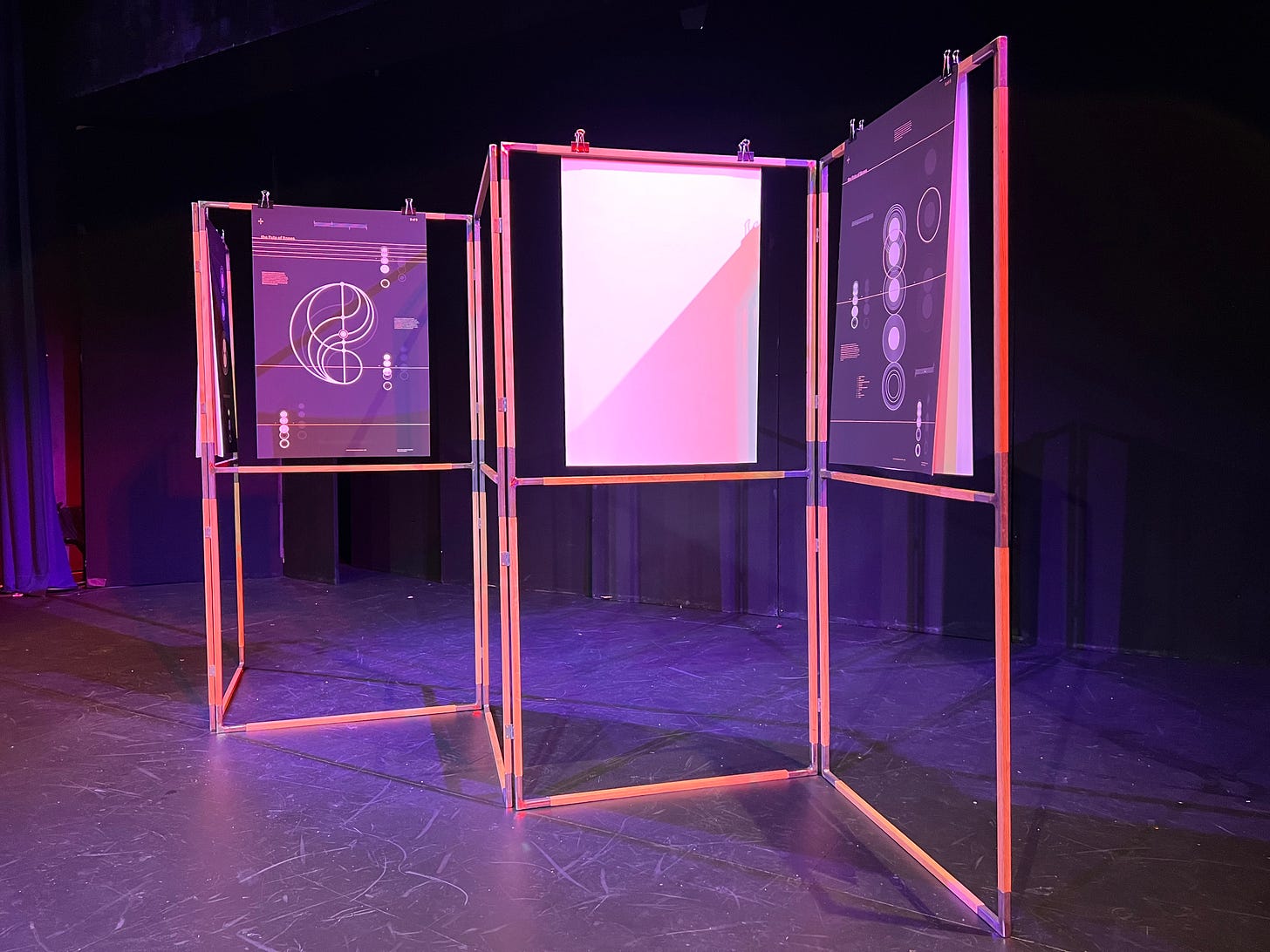
We also asked the artist and writer Fiona Hallinan for her reflections on the album, with the aim of integrating her prose into Rossi and Stephen’s artwork. She created six mini-essays, one for each of the six panels of the artwork; they are too difficult to read from afar, so we include them here:
Under light, the sound sparkles. The hardanger d’amore is designed with five additional sympathetic strings, there to add resonance to specific frequencies. As part of their collaborative process playing and performing with this instrument, Dan Trueman and Caoimhín O’Raghallaigh place their recordings in a shared online folder for the other to find and answer to. This is music of friendship, realised by its weightless duty of call and response.
When we think about preservation, it is often kind places that nurture longevity. Once-soft living things encountered just beneath the roots of vegetables, where they lasted long beyond what could be expected. Particulars can survive in gentle spaces, forgotten words snug in a lullaby, drawings in the crook of a cave, bodies wrapped and dried tenderly or curled up intact in cold bog thousands of years after their animation.
We don’t know the fate of our bones. Remains can outlast the monuments or attitudes built to contain them as they continue to scatter, transform, ever-complicate. Bones have been dug up to take position on hospital corridors as tools for learning, withdrawn, then re-buried, their emotive materiality contested. As data we cast traces of our selves in real time across new virtual stages, our non-physical selves disseminate, collated and activated by entities beyond our scale.
There is vulnerability when we send sounds out, as a record into space, or a voice message to a friend. We don’t know how things will land, yet the thought of reception invites us to act. Helping my child learn to speak, I’m told it’s not important what the words are, but that they are responded to. We make sound to know we are heard.
In the museum of musical instruments in Brussels an audio guide allows visitors to listen to samples of the pieces on display, some familiar, some obscure. I press play and hear the sound of a bird organ, a hurdy gurdy, a Nyanyeru, a Moog synthesizer, a harpsichord. The physical objects themselves remain silent, recalling real spaces they once occupied with sound, roads and cliffsides, public squares and furnished rooms, hallways and thresholds.
A sculpture is unearthed and scraped clean, read as intently pure white marble when traces show a truth of multicolour. Bodies found in bogs contorted to prove theories. In sonic terms, the word feedback maps a certain (dis)connection between duration and intention: to harness it is to accept that the self is written against context. The living find endless ways to put the dead to work. Honey on teeth, gold leaf on skin, grain in a gut, the contingent self, the vibration of an unplayed string.—©2020 Fiona Hallinan
In the lead-up to the original release date of The Fate of Bones, we released three tracks:
If you prefer another listening app, there's a good chance there'll be links to these here, here, and here.
Finally, we made some learning videos and transcriptions of a couple of these videos, if you are a musician interested in learning these or looking more closely!






